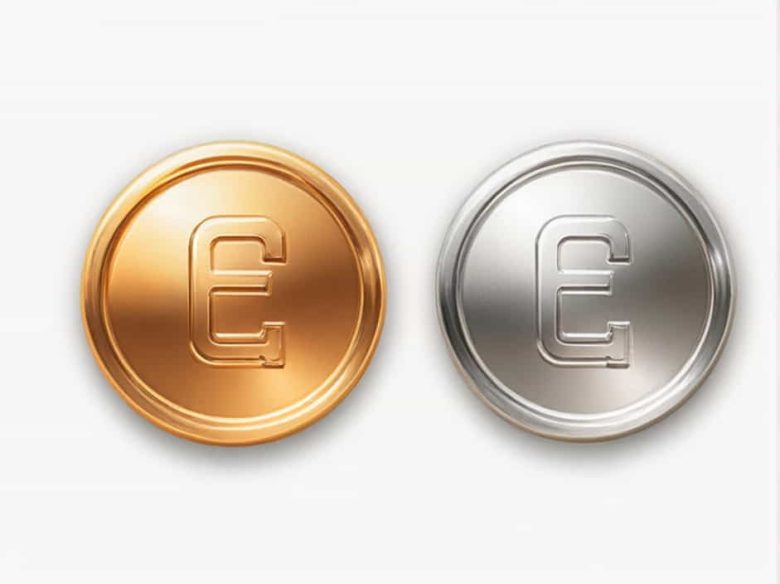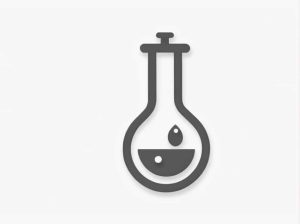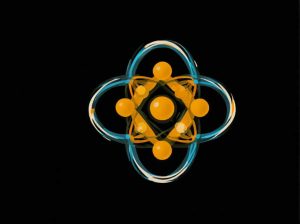Galvanization is a widely used process to protect metals from corrosion and extend their lifespan. This method primarily involves two metals: zinc and iron (or steel). Zinc acts as a protective barrier preventing rust formation on iron-based materials.
Galvanized steel is used in construction automotive and manufacturing industries due to its durability and resistance to environmental damage. This topic explores the metals used in galvanization the process benefits and applications.
What is Galvanization?
Galvanization is the process of coating iron or steel with a layer of zinc to prevent corrosion. This protective layer blocks moisture oxygen and other corrosive elements from reacting with the underlying metal.
Why is Galvanization Important?
- Prevents Rust: Zinc forms a protective layer stopping oxidation.
- Increases Durability: Galvanized metals last decades longer than untreated metals.
- Cost-Effective: Reduces maintenance and replacement costs.
- Eco-Friendly: Extends the life of metal products reducing waste.
Now let’s explore the two metals involved in this process.
The Two Metals Involved in Galvanization
1. Zinc (Protective Metal)
Zinc is the key element in galvanization. It provides a corrosion-resistant coating that protects iron or steel.
Properties of Zinc
- Highly reactive with oxygen forming a protective oxide layer.
- Sacrificial metal meaning it corrodes before iron does.
- Non-toxic and commonly found in nature.
- Melting point: 419.5°C making it suitable for coating processes.
Why Zinc is Used in Galvanization
- Forms a physical barrier that shields the base metal.
- Undergoes sacrificial protection meaning it corrodes instead of iron.
- Self-healing property: If the coating is scratched zinc reacts with moisture to form a new protective layer.
2. Iron (Base Metal Needs Protection)
Iron is the primary metal used in construction tools and industrial machinery. However iron is highly susceptible to rusting when exposed to moisture and air.
Properties of Iron
- Strong and durable widely used in construction and manufacturing.
- Easily reacts with oxygen and water forming rust (Fe₂O₃·xH₂O).
- Magnetic properties making it useful in various industries.
Since iron rusts easily galvanization is essential to improve its longevity and performance.
How Galvanization Works
The process involves coating iron or steel with zinc through different techniques.
1. Hot-Dip Galvanization
- Iron or steel is immersed in molten zinc at 450°C.
- A zinc-iron alloy layer forms on the surface.
- The coated metal is cooled and solidified creating a tough corrosion-resistant layer.
2. Electro-Galvanization
- A thin zinc layer is applied using electric current in a zinc salt solution.
- Produces a smoother and shinier finish compared to hot-dip galvanization.
- Commonly used in automobile parts and appliances.
3. Sherardizing (Vapor Galvanization)
- Metal parts are heated with zinc powder in a sealed drum.
- The zinc vapor diffuses into the iron surface forming a protective layer.
- Used for small components like nuts bolts and fasteners.
Each method provides different levels of protection depending on the application.
Benefits of Galvanization
Galvanized metals offer several advantages over untreated iron or steel.
1. Corrosion Resistance
The zinc coating prevents oxidation protecting iron from rust.
2. Long Lifespan
Galvanized steel lasts 50+ years in rural areas and 20+ years in coastal environments.
3. Cost-Effective
Although galvanization adds to the initial cost it reduces long-term maintenance and replacement expenses.
4. Easy Inspection
The protective coating is visible making it easy to check for wear and damage.
5. Environmentally Friendly
Zinc is non-toxic and galvanized materials are recyclable reducing environmental impact.
Common Applications of Galvanized Metals
Galvanized iron and steel are used in various industries due to their strength and durability.
1. Construction Industry
- Bridges roofing fences and pipelines use galvanized steel.
- Prevents weather-related corrosion in outdoor structures.
2. Automotive Industry
- Used in car bodies chassis and engine components.
- Provides protection against moisture and road salt.
3. Household Appliances
- Refrigerators washing machines and air conditioners have galvanized steel parts.
- Prevents rusting and extends product lifespan.
4. Electrical Equipment
- Power transmission towers poles and wiring use galvanized steel.
- Ensures reliability in outdoor and industrial settings.
5. Agriculture and Farming
- Used in irrigation systems storage tanks and animal shelters.
- Withstands harsh weather and moisture exposure.
Galvanized metals are essential for modern infrastructure and daily-use products.
Comparison: Galvanized vs. Non-Galvanized Metals
| Feature | Galvanized Metal | Non-Galvanized Metal |
|---|---|---|
| Rust Resistance | High | Low |
| Durability | 20-50 years | 5-10 years |
| Maintenance | Low | High |
| Cost | Higher initial cost | Lower initial cost |
| Best for | Outdoor structures | Indoor use |
Galvanization significantly increases the lifespan and strength of metal products.
Environmental Impact of Galvanization
While galvanization extends the life of metal it also raises concerns about zinc runoff and energy consumption.
How Industries Are Making Galvanization Eco-Friendly
- Recycling zinc to minimize waste.
- Using advanced filtration to prevent zinc pollution.
- Developing energy-efficient galvanization techniques.
Modern advancements are making the process more sustainable while maintaining high-quality protection.
Frequently Asked Questions (FAQs)
1. Which two metals are used in galvanization?
Zinc and iron (or steel). Zinc provides a protective coating and iron is the base metal.
2. Why is zinc used instead of other metals?
Zinc has a natural corrosion resistance and acts as a sacrificial metal protecting iron from rust.
3. Can galvanized steel rust?
Yes but it takes decades for the zinc coating to wear off before rusting begins.
4. Is galvanized metal safe for food and water storage?
Yes but it should be properly coated and maintained to prevent zinc leaching.
5. How long does galvanization last?
It depends on the environment—up to 50 years in dry conditions and around 20 years in coastal areas.
Galvanization is a crucial process that protects iron and steel from corrosion. The two key metals involved are zinc and iron where zinc forms a protective layer to prevent rust.
With applications in construction automotive and household appliances galvanized metals offer durability cost savings and sustainability. As industries continue to improve eco-friendly galvanization methods its importance in modern infrastructure will only continue to grow.



